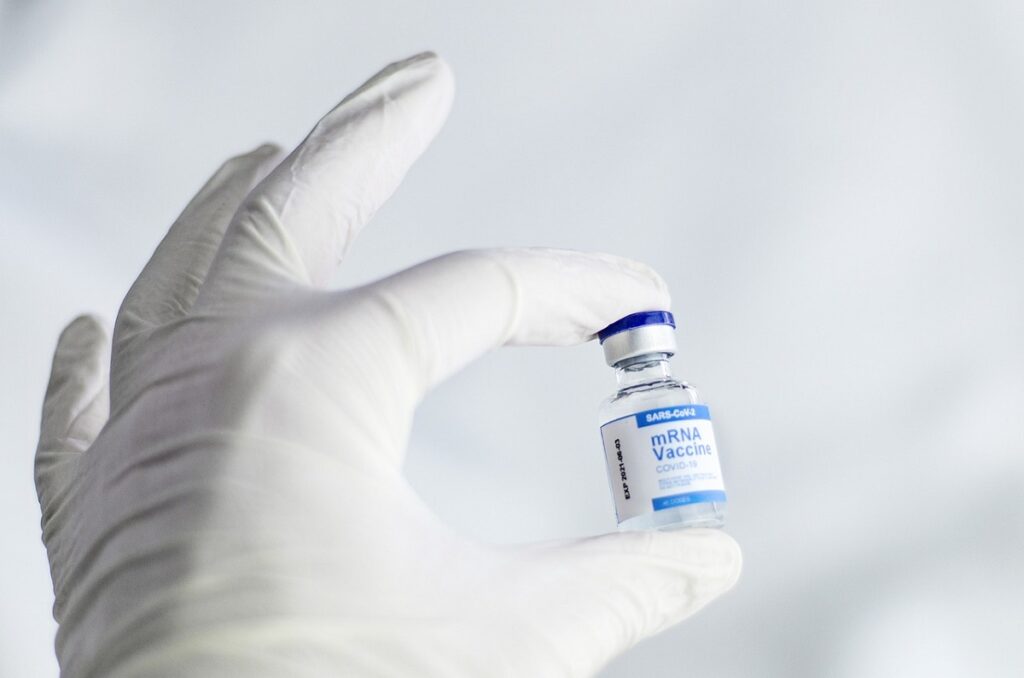A significant date for biotechnology and the historic fight to create vaccines, the Biden administration will end the COVID-19 public health emergency on May 11, according to a statement from the White House.
The pandemic public health emergency was initially announced on January 31, 2020, exactly three years ago. The government has extended the public health emergency every 90 days, most recently earlier this month.
The announcement represents “an abrupt end to the emergency declarations would create wide-ranging chaos and uncertainty throughout the health care system — for states, for hospitals and doctors’ offices, and, most importantly, for tens of millions of Americans.”
International public health officials first noticed the emergence of the coronavirus, then a new disease, in December 2019. The genome sequence of the virus was made public in January 2020, sparking the start of the global vaccine development process.
Less than one year later, in December 2020, the U.S. Food and Drug Administration (FDA) authorized the Pfizer-BioNTech and Moderna vaccines for emergency use, beginning the national vaccination campaign.
A study by the Commonwealth Fund found that in the first two years of usage, COVID-19 vaccinations averted 18.5 million hospitalizations and saved 3.2 million lives in the United States alone.

WHO continues health emergency
In contrast to the U.S., World Health Organization (WHO) Director-General Tedros Adhanom Ghebreyesus said yesterday that the pandemic continues to be a global health emergency.
“We remain hopeful that in the coming year, the world will transition to a new phase in which we reduce hospitalizations and deaths to the lowest possible level,” he said.
Even in the U.S., COVID-19 is still present, according to authorities. As BIO’s Phyllis Arthur remarked, we may learn from the responses.
“We need to build some kind of sustainable, new level of supply chain and manufacturing infrastructure across all the different medical products we need, and couple that with workforce and health care support,” she said last year.
Read the one-year timeline and two-year timeline of the U.S. COVID-19 response.




